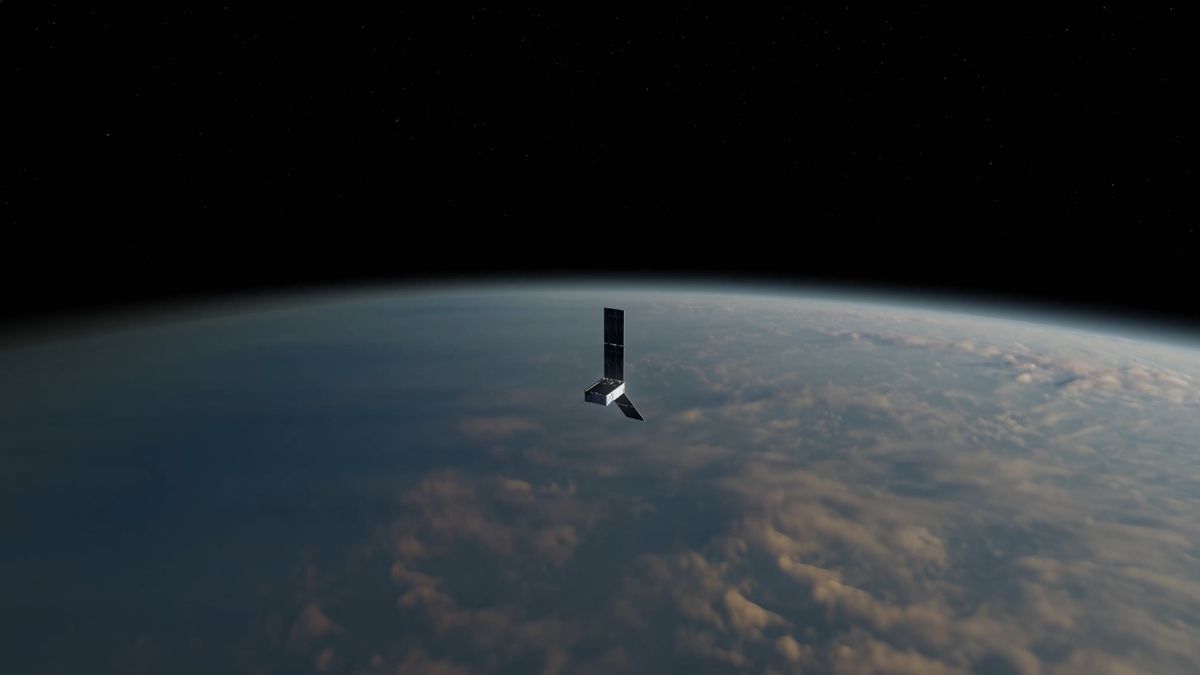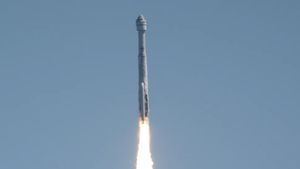JAKARTA After launching CubeSat, a small cube-sized satellite, first on May 25, NASA has now launched a second CubeSat for the Polar Radiant Energy mission in the Far Infrared Experiment (PREFIRE). The second satellite was launched on Wednesday, June 4 using Rocket Lab's Electron rocket. Currently, both CubeSat are confirmed to operate normally by NASA engineers and scientists. This observation process will be carried out for 30 days. If CubeSat is confirmed to be operational, NASA will begin its PREFIRE mission. According to its mission contract, these two satellites will serve in space for 10 months to collect data from the polar regions on Earth. Executive of the PREFIRE Program Amanda Whitehurst said that the PREFIRE mission could assist scientists in developing climate and ice models. The model will provide a better picture of climate and weather patterns. "URE will ultimately help improve climate and ice models," said Whitehurst. "(This model) will benefit mankind by giving us a better picture of how climate and weather patterns will change in the coming years.
SEE ALSO:
PREFIRE is a NASA mission of motion to understand the balance between the heat energy entering Earth and the heat ejected from the poles. The PREFIRE satellite will provide information on when infrared energy is emitted from the Arctic and Space. From the same data, CubeSat will study cloud formation processes, changes in air moisture, and melting of the ice sheet at the poles. Both satellites will pass through the same part of the earth for several times in order to obtain varying data.
The English, Chinese, Japanese, Arabic, and French versions are automatically generated by the AI. So there may still be inaccuracies in translating, please always see Indonesian as our main language. (system supported by DigitalSiber.id)


















